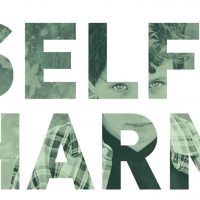Self-harm is an increasingly recognised phenomenon and one of the strongest predictors of suicide, which continues to be one of the leading causes of death in young people world-wide. Self-harm can take many forms and may present with or without suicidal intent and both in the context of mental disorder, and without.
Self-harm & Suicide
-

The family environment mediates risk of self-harming
Non-suicidal self-injury (NSSI) constitutes any deliberate physical injury to oneself that is not life-threatening. It is a behaviour that commonly starts during adolescence. Childhood family adversity (CFA) is associated with NSSI, but the risk pathways between CFA and NSSI are unclear.
Read more -

Self-harm & Suicide
Self-harm is an increasingly recognised phenomenon and one of the strongest predictors of suicide, which continues to be one of the leading causes of death in young people worldwide. Self-harm can take many forms and may present with or without suicidal intent and both in the context of mental disorder, and without.
Read more -

Self-Harm: The Parent’s View
Though it is not always openly discussed, the impact self-harm has on the individual and their family, can be very distressing. For someone to recover from ‘rock-bottom’ requires support, with family being an obvious source. It makes sense that the pillars of this support system, parents in most cases, feel equipped to support their child in recovering from such an experience. Saying this, there is little research on parents’ perspective of care following self-harm.
Read more
